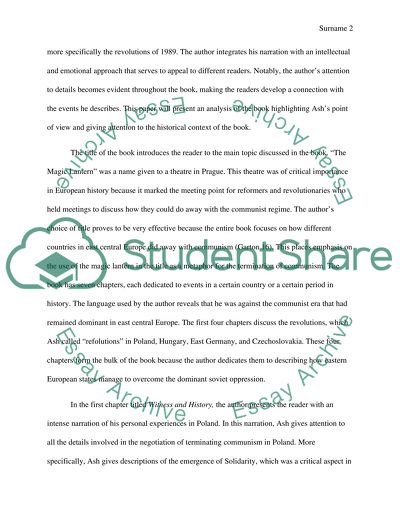Cite this document
(“Book Analysis Report/Review Example | Topics and Well Written Essays - 1500 words - 1”, n.d.)
Book Analysis Report/Review Example | Topics and Well Written Essays - 1500 words - 1. Retrieved from https://studentshare.org/journalism-communication/1674611-book-analysis
Book Analysis Report/Review Example | Topics and Well Written Essays - 1500 words - 1. Retrieved from https://studentshare.org/journalism-communication/1674611-book-analysis
(Book Analysis Report/Review Example | Topics and Well Written Essays - 1500 Words - 1)
Book Analysis Report/Review Example | Topics and Well Written Essays - 1500 Words - 1. https://studentshare.org/journalism-communication/1674611-book-analysis.
Book Analysis Report/Review Example | Topics and Well Written Essays - 1500 Words - 1. https://studentshare.org/journalism-communication/1674611-book-analysis.
“Book Analysis Report/Review Example | Topics and Well Written Essays - 1500 Words - 1”, n.d. https://studentshare.org/journalism-communication/1674611-book-analysis.


